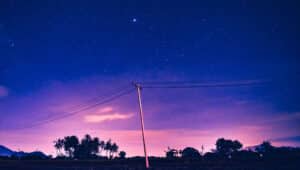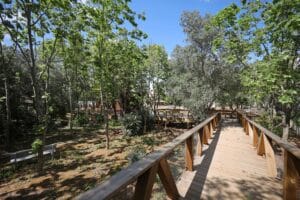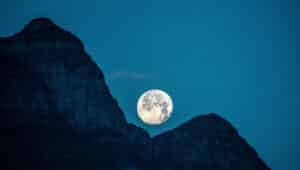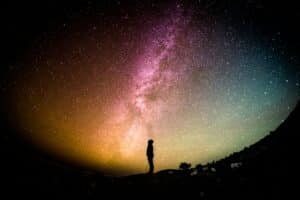Clive Jackson
Welcome to the November night sky. Now that the clocks have been set back, the nights come early in November.
This is the month that in the northern hemisphere you really notice the change in the weather with the arrival of the first winter storms. Having said that, after the passing of a cold front the night skies can be very clear.
We have visible, all night this month, the gas giant planet Jupiter. This planet was always considered to be the king of planets by ancient civilisations. Through a small telescope, the cloud bands of Jupiter can easily be seen as well as the four large Moons discovered by Galileo Galilei 400 years ago (Io, Europa, Ganymede and Calisto).
On the first of this month, the nearly full Moon is close to Jupiter and again on the 28th the now full Moon is also close to the planet. From South Africa, the Moon can actually be seen to pass in front of Jupiter – this is called an occultation but it is not visible from Portugal.
The Moon will also enter into the outer shadow of the Earth at this time, called a penumbral eclipse, but this unfortunately is also not visible from Portugal.
There are no other bright planets to be seen this month but we do have three meteor showers. The first of these is the Taurids visible on the night of the 5th. These meteors are remnants from the comet Encke.
The second is the Andromedid meteor shower on the 14th with the remnants of comet Biela, and on the 17th the famous Leonid shower with remnants from comet Temple-Tuttle, discovered in 1866.
Over on the south-eastern horizon during November evenings, the night skies’ brightest star Sirius can be seen rising in the constellation of Canis Major. This star is bigger and hotter than the Sun and is one of the closest stars to us at just over eight light years away; but that still makes it 500,000 times further away than the Sun.
Sirius is also a double star as it has a small faint white dwarf star closely orbiting it. This star is not much bigger than our Earth but it is much more massive.
The Moon is last quarter on the 7th, new on the 13th, first quarter on the 20th and full on November 28.
Download the Algarve Skies Chart by clicking on the link below to download a PDF of the chart.
http://www.the-resident.com/portugalresident/pdf/ALGARVE_RESIDENT_ALGARVE_SKIES_NOVEMBER_2012.pdf
|| features@algarveresident.com
Clive Jackson is the Director of the Camera Obscura (next to the Castle in Tavira), specialising in education and public outreach.
281 322 527 | www.cdepa.pt

























